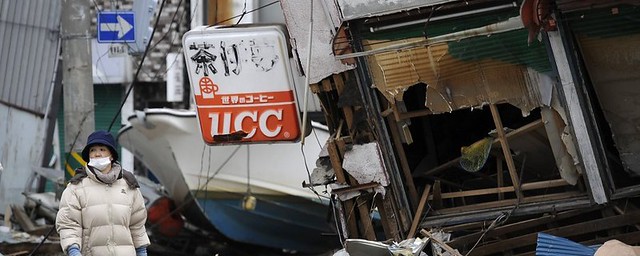Obviously, my heart goes out to the people who have lost loved ones and been displaced by these events.
It's made me think about the world in 2011. Much more so than 5 or 10 years ago, virtually everyone now has some sort of photo or video capture device. Even inexpensive cell phones can now capture video, often in HD, and this will only increase as time goes on. Further, we've put surveillance cameras up all over our cities and in our buildings-- to a fault, in my opinion-- but the point is, it's now virtually impossible for anything of significance to happen without it being captured and filmed, either by the media, individuals, or a static camera sitting on a wall.
Here's what I'm wondering: does this serve to bring the world together at times like these, or do endless images of disaster desensitize us? I don't have an answer, but I suspect it's a little of both. In other words, while first hand accounts and video help to personalize a tragedy, the total volume of content available can eventually numb us to what's going on. Like anything else, once you've seen too much of something, you start to zone it out.
Update 4/15: The Huffington Post has a fantastic and harrowing set of photos on its home page today. Of course, since it's the Huffington Post, I can't find a direct link or figure out who they're credited to. I'm assuming the AP. Here's one that I thought really captured the aftermath:

6 comments:
If anything, these images only bring the disaster closer to home. No longer do I think, "that could never happen to me." Now that I see disasters are real, I can address my fears and do my best to manage the risks that come along with life.
When I grew up in SoCal, I'd heard about and experienced many earthquakes: the major one being the Northridge Earthquake in '94. But I felt disconnected from the videos and pictures we saw because they were mostly from the press. I experienced the earthquake about 45 miles north of the epicenter, and my experience didn't match those of others.
Now that I see images and videos from ordinary people, I see first-hand what happens instead of some doctored press footage.
Thanks for sharing your perspective, Andre. I do agree that first hand videos help to personalize a tragedy. I've rewritten my last paragraph to better express what I was trying to say.
I see your point. But I'd hope that regardless the amount of tragedy I experience, I never get callous to pain and suffering. Last thing I want is to think of pain or suffering or loss of life (or lives) as just a statistic or number.
I agree with your last point entirely.
nossa, tou muito triste por isso
peço a deus todos os dias pra dar conforto a todos, vai dar tudo certo!
e o blog tá demais!
@Thais Lima: Obrigado pela visita e lendo meu blog.
(to everyone else, I think that means "thanks for stopping by and reading my blog". If it in fact means "I am a pile of poo", I gotta blame Google translate for that one.)
Post a Comment